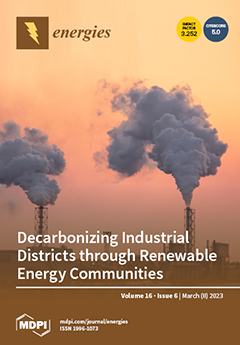The formation timing of stylolites, which is of great importance for analyzing the controls of stylolites, has nearly never been examined. In this paper, based on the data of cores, imaging logging, conventional logging, and mercury injection, the characteristics of stylolites formed in
[...] Read more.
The formation timing of stylolites, which is of great importance for analyzing the controls of stylolites, has nearly never been examined. In this paper, based on the data of cores, imaging logging, conventional logging, and mercury injection, the characteristics of stylolites formed in different stages of tectonic movement were investigated, and the controlling factors of oil-stained stylolites, formed in the second period of tectonic movement, were analyzed in particular. Furthermore, the influence of different controlling factors on the development of stylolites was compared, by using grey correlation analysis. The results show that there are three periods of stylolites in the study area, and all three periods developed both low-angle stylolites and high-angle stylolites. The prominent characteristics of both the low-angle and high-angle stylolites of the second period, are being oil-stained. The higher the structural location, the greater the buried depth, the lower the dolomite content, the higher the calcite content, the higher the clay content, the smaller the rock density, the greater the porosity, the smaller the rock grain size, the easier it is to develop both the low-angle stylolites and the high-angle stylolites. The influence of different controlling factors on the development of low-angle stylolites is given by depth, porosity, curvature, rock density, rock grain size, clay content, dolomite content, and calcite content, in this order. The importance of the influences on the development of high-angle stylolites proceeds as follows: curvature, calcite content, depth, rock particle size, clay content, rock density, dolomite content, and porosity. Tectonism is the most important influencing factor on the development of stylolites.
Full article





